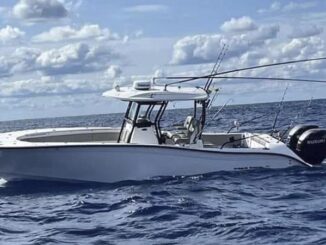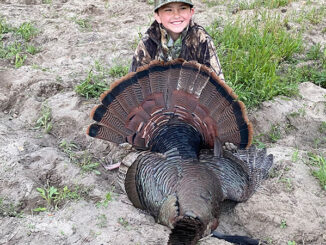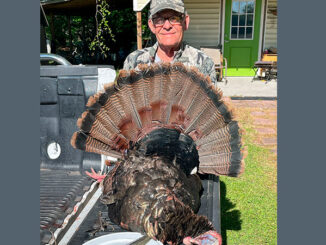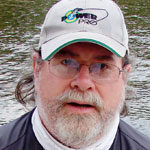Cape Fear River offers great saltwater fishing in February
Winter on the Cape Fear is an angler’s paradise
Stuart “Stu” Caulder of Gold Leader Guide

Missing angler Jeffrey Kale’s boat has been found 83 miles offshore of Wrightsville Beach, NC, but Kale wasn’t aboard the vessel. […]

Casen Stanley, a 7-year-old from Clinton NC, harvested this turkey on Youth Saturday near McDaniels, NC. […]

Steve DeVane killed this big gobbler in Duplin County, NC. The bird had an 11-inch beard and 1-inch spurs. […]

Copyright 1999 - 2024 Carolina Sportsman, Inc. All rights reserved.
Be the first to comment